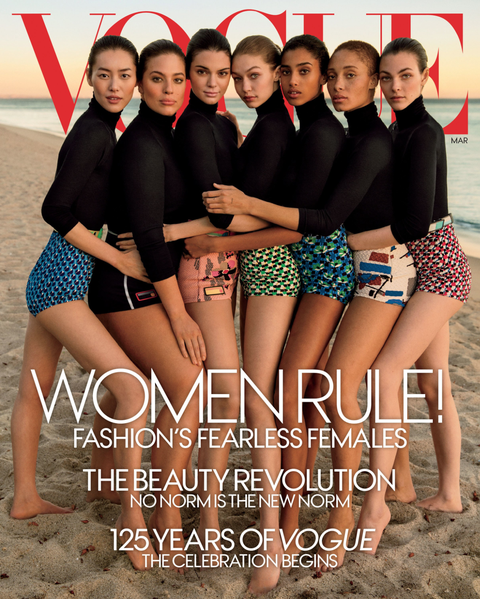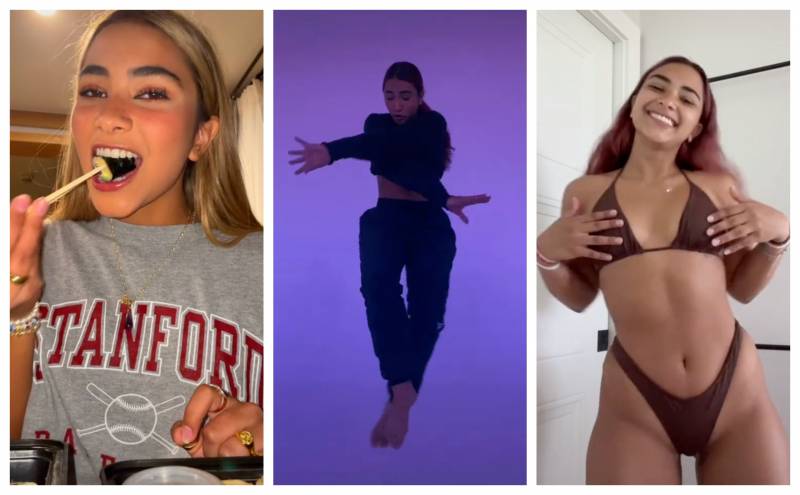Gomez certainly has a healthier attitude toward food and self-love than a great many other TikTok personalities. And her age is undoubtedly a factor in some of the issues she’s experiencing with her personal brand. But Gomez has also been benefiting—through no fault of her own—from a mainstream culture that has, for years, co-opted the ideas of “body positivity” without actually celebrating fat bodies.
Examples, unrelated to either Gomez or TikTok, are not hard to come by.
In 2016, Glamour magazine added Amy Schumer to the cover of its plus size issue, despite the fact that she was a size 6-8 at the time. (It was left to Schumer herself to point out on Instagram that presenting her body as plus size was damaging to young women.)
In 2018, Everlane prominently used an extra-curvy model named Chloé Vero in the ad campaign for its underwear launch—only to cap the largest size at XL. (That particular underwear came with a 32-inch waist.)
In 2017, Vogue hyped up the fact that Ashley Graham would be the first plus size model to grace its cover, only to hide her body in a line of Vogue‘s regular models. (“NO NORM IS THE NEW NORM,” the cover lied.)

In January, E!, Glamour, Yahoo, Seventeen, US Weekly and a variety of other outlets all carried stories about the fact that Khloe Kardashian had “proudly” shown off her stretch marks in an Instagram post. The headlines suggested this was a relatable moment, an occasion to celebrate women’s imperfections. US Weekly began its article on the subject with the words: “The real her.” Despite all that hype, Kardashian’s image bore little resemblance to anything most women could relate to.



